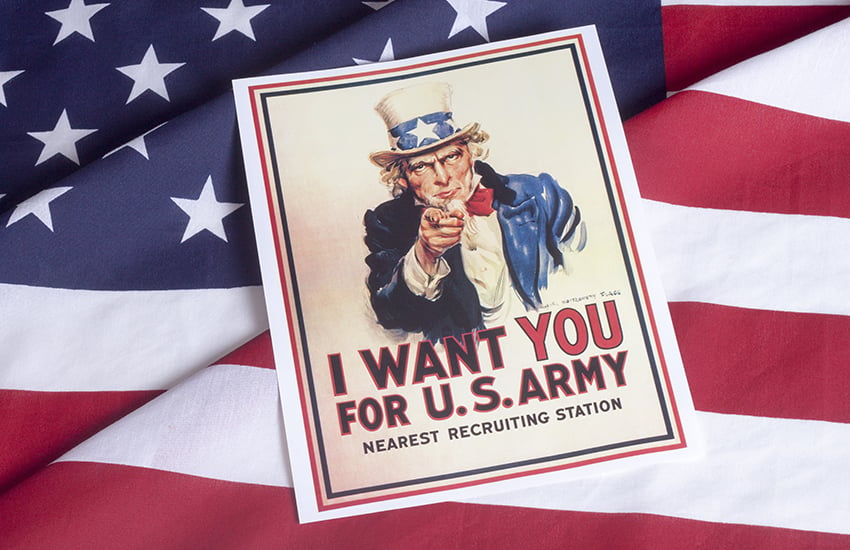XanEdu FlexEd U.S. History: Since Reconstruction is designed to provide students with an overview of United States history since Reconstruction-era America. The course creates an understanding of the major forces and events that have shaped the history of the United States, and examines how Americans from different backgrounds have experienced that history, with particular attention paid to issues concerning race, class, and gender.
Schedule a Personal Demo.
Let us help you deliver the perfect course for your students!

Suitable for:
Courses covering the history of the United States since Reconstruction. We will customize to fit your class.
Great for:
In-person, online or blended learning.

XanEdu FlexEd knows that the way you teach is unique. That’s why we allow you to take what we’ve built and use it as-is, or modified to fit your syllabus.
Our simple editing process allows you to rearrange, add or remove content, embed videos, links or change quiz questions to better match your course.
Need to collaborate with other instructors? With XanEdu FlexEd you can share your content with colleagues. Life just got a lot easier.

Accessible: Available on the Web, with the iPad app, or as a direct link from your LMS. No downloads, plug-ins or pop-ups necessary.
Onboarding Support: Training videos and access to actual human beings will help you get your course launched smoothly.
Easy to Purchase: Students simply register and buy, and we can work with your bookstore as needed.

Paul Ringel, Ph.D.
Professor of History
High Point University
Paul Ringel, Ph.D. is a Professor of History with 15 years experience teaching and developing U.S. history courses at Harvard University, Brandeis University, Emmanuel College, and High Point University. He has helped develop the history curriculum at High Point University, with much emphasis on shifting toward a more diverse approach to instruction that includes a focus on film, fiction, material artifacts and other non-traditional forms of historical texts in order to engage a wide variety of types of learners. Paul has a Ph.D. from Brandeis University, a J.D. from Boston College and an A.B. from Princeton University.


Topics are introduced with short, engaging videos. Text readings and practice activities provide detail and enable applied learning.
You’ll know how much time your students are spending learning, what material they’re working with, and when they lose engagement, so you can keep them on-track.
All material is loaded and ready-to-go, including video, textbook, discussion boards, in-class presentation, quizzes and practice activities.
XanEdu FlexEd courses are 80+% less expensive than alternatives. No extras needed. Honest.